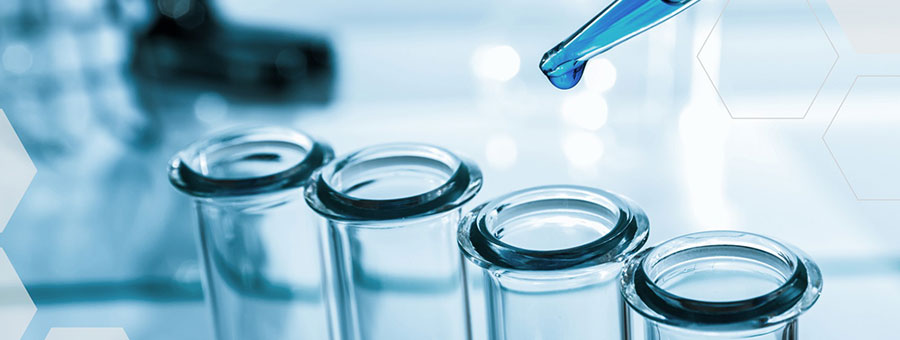The samples for the paternity test
The epithelial cells of the oral mucous membrane are currently the sample of choice, due to the fact that it is easily obtained, because it is non-invasive, is easily conserved and gives excellent results. It is obtained by rubbing the internal part of the cheek with dry sterile-cotton swabs. Two swabs are taken, one on the inside of the right cheek and one on the inside of the left.
Although this is the most usual way of obtaining the biological material for the test, the DNA can also be obtained by the extraction of blood, from drinking glasses, stamps, bloodstains or sweat, nail cuttings, toothbrushes, children’s dummies, chewing gum, milk teeth or hair that has been pulled out including the root, for example.




